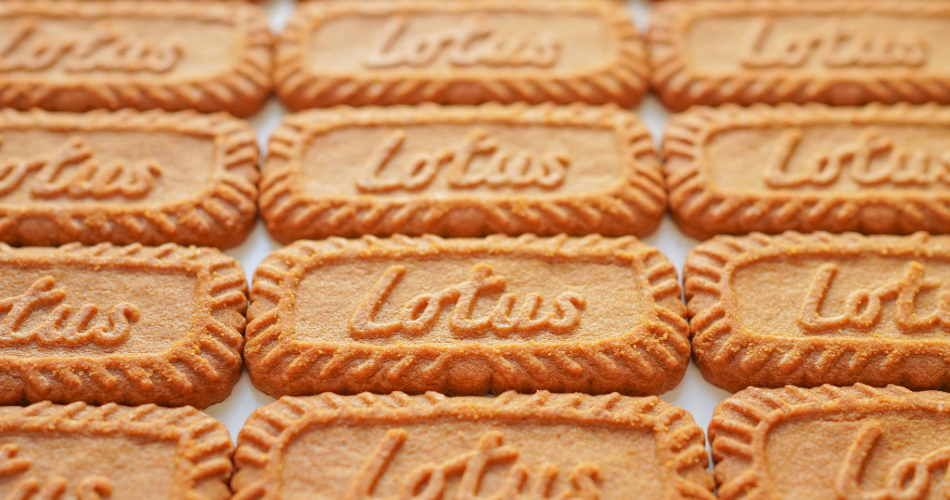
In 2024 UK courts issued new guidance that is particularly relevant to brand owners in the pharmaceutical industry.
In this article we highlight three decisions that are particularly noteworthy for UK brand owners. We also have a separate article focused on EU decisions.
Gibraltar (UK) Ltd and another v Viovet Ltd [2024] EWHC 777 (Ch)
As many brand owners are aware, comparative advertising is lawful in the UK provided that certain conditions are met by the advert in question.
In the case at hand, the Defendant company - Viovet - had used comparative advertising on its website through which it sold its own branded products alongside the Claimant’s veterinary nutraceutical products branded VETPLUS. When a customer added the Claimant’s VETPLUS product to its basket, a message appeared stating "Save £[x] per day" or "Swap and Save [£]" or "Try something new", which would lead the customer to the Defendant’s own-branded product.
The Claimant brought a trade mark infringement claim and the court had to decide a preliminary issue of what message was conveyed by comparative advertising which appeared on the Defendant’s website.
The court paid particular attention to the fact that the Claimant’s product was a healthcare product for a pet or animal which a consumer would usually purchase following advice from a vet. In view of this, the court decided that when faced with the "Save £[x] per day" or "Swap and Save [£]" or "Try something new" messages, a consumer would assume that the alternative product was not only comparable in price, but that it was also comparable in nature, composition, quality and/or efficacy.
In other words, the court was alive to the fact that consumers understand that medical / veterinary products are not all equal in quality and composition, even if they aim to address the same health issue. As such, a comparative advert for veterinary products could be understood differently by consumers than if it had been for a non-medicinal product.
On this basis, the decision is now proceeding to trial where the court will decide whether the comparisons made were objective and permissible, or rather misleading so as not to meet the conditions for comparative advertising.
Implications and Takeaways
- The average consumer of pharmaceuticals, who we already know to be reasonably observant, is now confirmed to understand that medical / veterinary products are not all equal in quality and composition, even if they aim to address the same health issue. This will impact on their buying choices, the degree of attention they pay when purchasing goods, and, most relevant to this case, their interpretation of advertising.
- Pharmaceutical companies planning to engage in comparative advertising should always seek legal advice before doing so to avoid potential liability for infringing a competitor’s trade mark.
SkyKick UK Ltd and another (“SkyKick”) v Sky Ltd [2024] UKSC 36
Next, we arrive at this groundbreaking decision issued by the Supreme Court. One simply cannot look back at the year of 2024 without giving it a mention. In this case Sky brought an action against SkyKick for passing off and infringement of its trade marks. In response, SkyKick challenged the validity of the registrations on which Sky sought to rely on, on the basis that Sky had applied for its trade marks in “bad faith” by filing for overly broad specifications of goods and services. You can read here our full overview of this decision.
The Supreme Court gave detailed consideration to the use of broad terms in trade mark specifications and whether this amounts to “bad faith” practice. It found that a trade mark applicant may be most likely to have acted in bad faith where there are “general terms and broad categories” included in the list of goods and services. Red flags include very broad terms such as “software” and “telecommunications”. At this point it is critical to remember that the effects of a successful ‘bad faith’ allegation are severe; it leads to the refusal or cancellation of the affected goods/services. However, it is still the applicant’s intention at the time of filing that is key. Therefore, it is possible for an application to include broad terminology but not have been filed in bad faith.
Implications and Takeaways
Bringing this all back to the world of pharmaceuticals, IP practitioners are asking whether the seemingly broad term “pharmaceuticals” will be caught by this type of allegation. It is certainly a broad term which can encompass a wide range of different products.
The first question is whether the UKIPO will simply refuse to accept the term “pharmaceuticals” in trade mark applications at the examination stage and request that applicants further specify this term to indicate the type of pharmaceutical in question. There is precedent for this: the UKIPO already requires further specification of terms like “machines” and “electric, electrical and/or electronic apparatus appliances, devices, equipment and instruments”, amongst others. However, it seems somewhat unlikely that the UKIPO will take this measure with “pharmaceuticals”. Whilst terms like machines and electric apparatus are vague and could encompass an extremely broad range of different types of goods in different sectors, the term “pharmaceuticals” will clearly always concern only medical drugs.
It is expected that the UKIPO will shortly issue more guidance on this issue.
The second question is whether the mere inclusion of the term “pharmaceuticals” will be seen as a ‘red flag’ in trade mark specifications, suggesting (although not determining) that the trade mark may have been applied for in bad faith. This is possible, but trade mark owners should not be unduly concerned. As explained above, the term is not nearly as broad as some. Furthermore, it is always the applicant’s intention at the time of filing that is determinative. If “pharmaceuticals” is covered because there are multiple types of pharmaceutical of interest, or because the applicant knows they will use the mark but has not yet determined the therapeutic area, this is unlikely to be considered an act of bad faith.
When filing new applications, applicants should consider including more specific claims to certain types of pharmaceuticals alongside broader claims. In the hopefully rather unlikely event, the broad claim is found invalid in future, the narrower claims are less likely to suffer the same fate. However, this is nothing new; this filing practice has been widely used by most practitioners for a long time.
TVIS v Howserv services [2024] EWCA Civ 1103
Lastly, we focus on a dispute which arose between two pet insurers. Whilst, like SkyKick, this case doesn’t concern the pharmaceutical industry per se, its lessons can have direct application for pharmaceutical companies.
The Claimant – TVIS – was a specialist pet insurer founded in 2009, and it enjoyed tremendous commercial success. It owns the following UK Trade Mark Registration:
- VETSURE registered as of 15 March 2010 in respect of “pet insurance” in class 36 among other goods and services.
The Defendants – Howserv – were travel insurers who decided to expand into pet insurance. They owned the following UK Trade Mark Registration and began to trade under it in July 2021:
- PETSURE registered as of 1 October 2020 in respect of “pet insurance” in class 36 among other goods and services.
The Claimant brought a claim for trade mark infringement among other actions. On appeal, the court dealt with the question of whether the judge at first instance “erred in law or in principle” in finding that Howserv had not infringed the earlier mark by causing a likelihood of confusion.
Key Issue: Principle of “conceptual counteraction”
Another principle evoked by this case regards the role of descriptive elements in a trade mark. It is established that where a trade mark is largely descriptive, small differences may suffice to avoid confusion with another similar descriptive mark; Reed Executive plc v Reed Business Information Ltd [2004] EWCA Civ 159.
At first instance, the judge held that the words contained within the earlier mark – VET and SURE – were purely descriptive: “VET is descriptive of veterinary services and SURE will be understood to describe insurance services. The VETSURE mark is thus a combination that is itself descriptive.” [82].
On appeal, the court expressed fervent disagreement once again. It retorted that whilst the principle is a good one, it has no application in this case. VETSURE is not descriptive. Rather, the mark is only allusive by virtue of being “an invented portmanteau word”. This is enough to render it non-descriptive. The court also took notice of the fact that the pet insurance market was replete with PET-prefixed brand names, but there are just a few VET-prefixed names and no other -SURE suffixed names. As such, there was no reason why the average consumer would be alert for the difference between VETSURE and PETSURE.
Implications and Takeaways
- This decision serves as an important reminder of the clear limits of the principle of conceptual counteraction.
- Component descriptive parts don’t necessarily lead to a descriptive mark combination. Parties shouldn’t assume that inclusion of a descriptive word within a mark will always dilute its strength from a trade mark perspective. Pharmaceutical traders seeking to invoke descriptive terms in their marks should pay particular attention.
As we welcome the New Year, further insights from which pharmaceutical companies will no doubt benefit are looming on the horizon!
Karolina is a trade mark attorney and a member of our trade mark team. Karolina's special interest include contentious proceedings, involving trade mark, copyright and design matters. She graduated with LLM in Intellectual Property Law and LLB Law with Another Legal System (Singapore) degrees from University College London. This included a year placement at the National University of Singapore, where she studied Singaporean law.
Sign up to our newsletter: Forward - news, insights and features
Our people
Our IP specialists work at all stage of the IP life cycle and provide strategic advice about patent, trade mark and registered designs, as well as any IP-related disputes and legal and commercial requirements.
Our peopleContact Us
We have an easily-accessible office in central London, as well as a number of regional offices throughout the UK and an office in Munich, Germany. We’d love to hear from you, so please get in touch.
Get in touch

